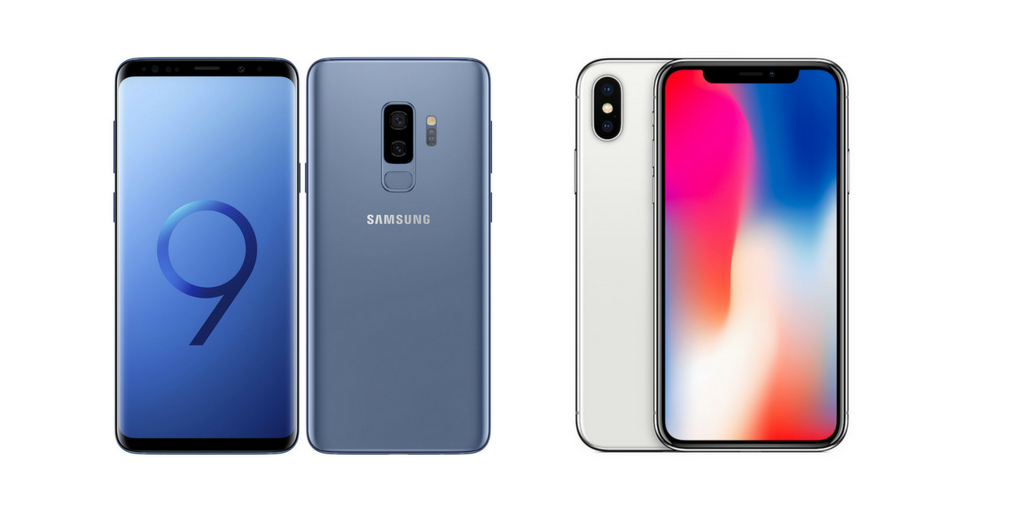
In today’s fast-paced business world, mobile technology is indispensable, and business mobiles have evolved significantly over the years, transforming from simple communication tools into powerful productivity enhancers.
Smartphones have revolutionised the way we work and according to recent statistics, more than 3.6 billion people use smartphones globally. At the start of 2022, there were 71.8 million mobile connections in the UK, an increase of 3.8% from 2021. This is most likely down to the fact that more people have more than one connection registered to them, e.g. one for work and one for personal.
Mobiles really have become the lifeline for many businesses, enabling employees to stay connected and productive no matter their location. So, how do you make the most out of mobiles in the business environment?
The advantages of business mobiles
Mobiles have become a steady presence in the workplace, and for good reason. The pandemic woke people up to the benefits of mobilising the workforce. Not only did employees realise the benefits of an improved work/life balance but employers also realised that a remote team could offer significant benefits.
Having business mobiles as part of the wider business technology inventory allows organisations to experience a range of advantages, including:
- Flexibility – businesses can look to recruit from further afield, and employees and employers can create working patterns to suit them.
- Improved communications – mobiles allow employees to be contactable wherever they are and have access to the same communication tools as though they’re in the office.
- Productivity and efficiency – employee workflow is uninterrupted, and productivity is maintained when staff have access to everything they need via their business mobile.
What employees want
Expectations from employees have changed, they are no longer satisfied with basic communication features and tools. Employees need the right tools to be able to multitask, work on the go and keep up with demanding, fast paced workloads.
Employees, particularly on the go or remote ones, need seamless access to their emails, calendars, and collaboration tools.
What employers want
So, we’ve touched upon what employees might expect, but what about employers? Employers obviously seek to meet the needs of their employees whilst providing excellent customer service. But they will also be thinking about the costs, management, and security risks that will be incurred when managing a mobile workforce.
Business mobiles aren’t as simple as just handing out devices to the team. Organisations need to be able to manage these devices, ensure they’re secure, and be able to track their expenses effectively.
The benefits of working with Boxx
To make the most out of your business mobiles, it pays to work with someone like Boxx. From networks and handsets to plans and bolt ons, we have all the tools and support businesses need for their business mobiles.
We work with all the major UK networks including EE, Vodafone, O2 and Three to ensure you can select a network and plan that’s most suited to your business.
When it comes to plans, controlling costs is important, and we understand that no business wants unexpected charges landing in their inbox at the end of the month. That’s why on average, our plans can cover a 10-day break outside of Europe before charges kick in. What’s even better is, we’re always at the end of the phone to adjust your packages as needed, we can amend your allowance in advance of any plans your team have coming up. (Ts & Cs apply)
Pricing and support
At Boxx, our SIM-only plans can help your business stay a step ahead. We have access to the latest mobile technology and services to give your business the competitive edge.
Whether you’re a startup or a large enterprise, you can find a plan that aligns with your needs and budget. Our SIM-only plans are the ideal choice for budgeting and managing costs for your business, with unlimited texts, calls and data in the UK.
Boxx and business mobiles
As the business world evolves, one thing remains clear: mobile technology is at the heart of it. The statistics speak volumes – with over 3.6 billion smartphone users globally and a growing number of mobile connections, it’s evident that mobiles have become the cornerstone of modern businesses.
Mobiles bring flexibility to the workplace, enhance communication, and boost productivity and efficiency.
Boxx offer a comprehensive suite of mobile solutions designed to help your business maximise the potential of mobile technology and help you stay ahead in a mobile world.
Our commitment doesn’t end with plans and pricing. We provide dedicated support to your business, ensuring your business mobiles are not a source of stress, but a valuable asset. With Boxx by your side, your team can stay connected, and thrive in the workplace.
Make the most out of your business mobiles with Boxx, speak to one of our friendly team today.
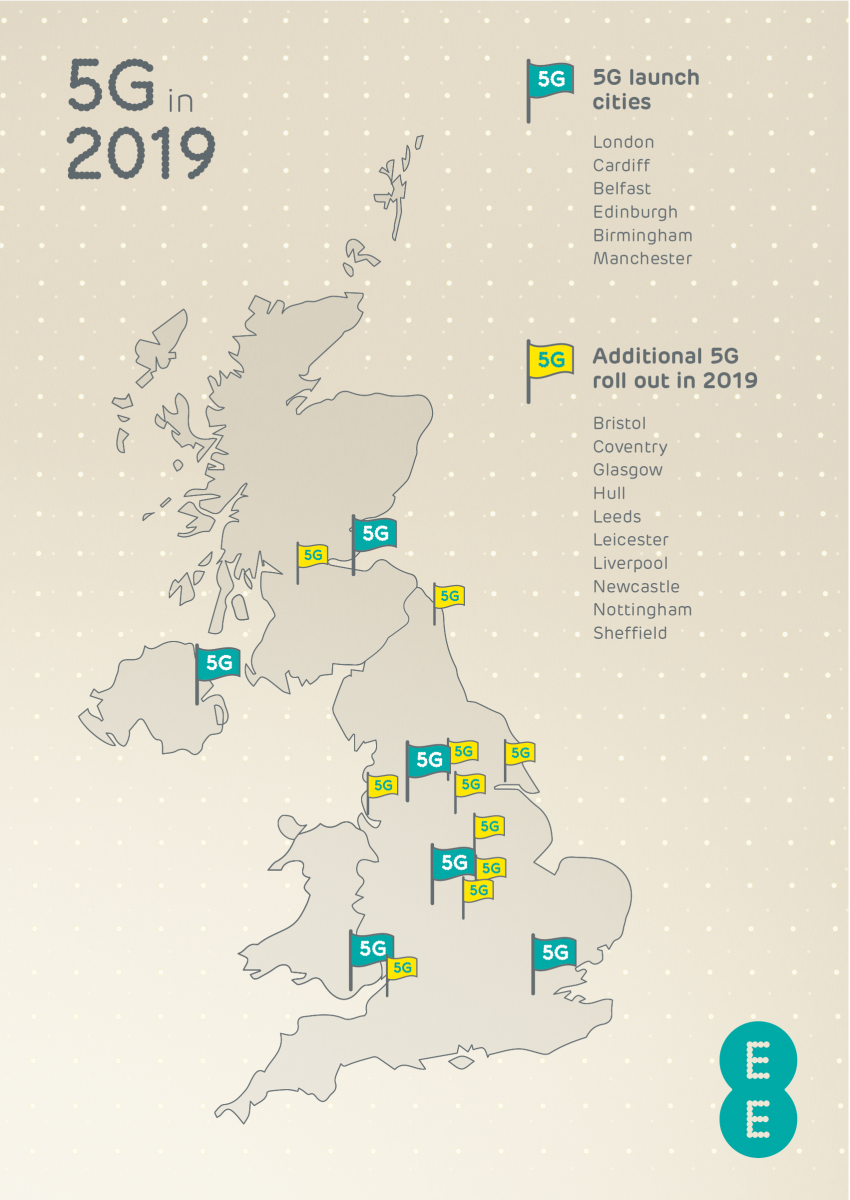
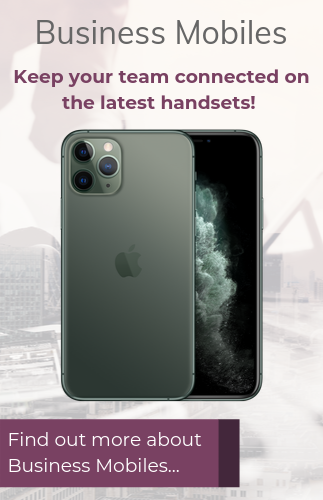
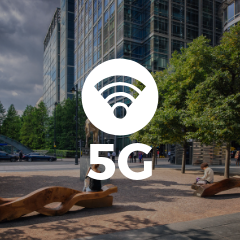 5G is a highly popular topic at the moment, with many industry experts beginning to test and showcase what is possible with 5G.
5G is a highly popular topic at the moment, with many industry experts beginning to test and showcase what is possible with 5G.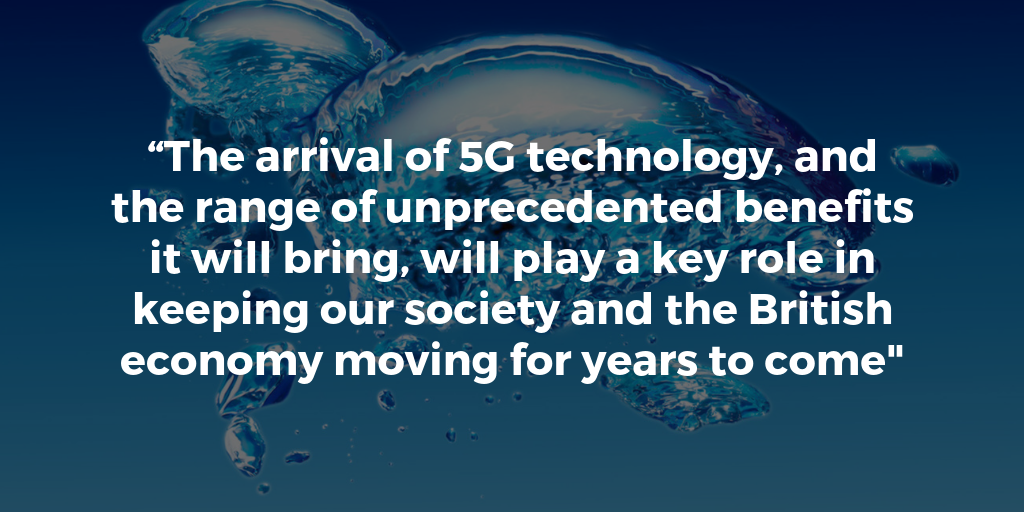
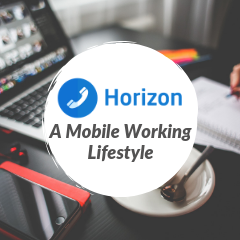 In 2015, a survey involving 1000 IT decision makers from Europe & the US found that 13% of employees work from home most, if not all the time, with many other employees being workers on-the-go or office workers who occasionally work from home.
In 2015, a survey involving 1000 IT decision makers from Europe & the US found that 13% of employees work from home most, if not all the time, with many other employees being workers on-the-go or office workers who occasionally work from home.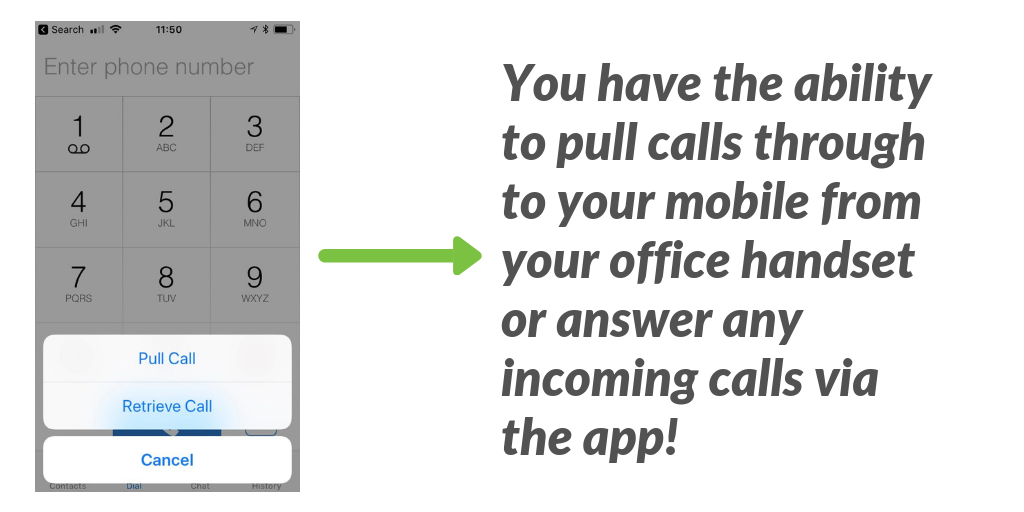
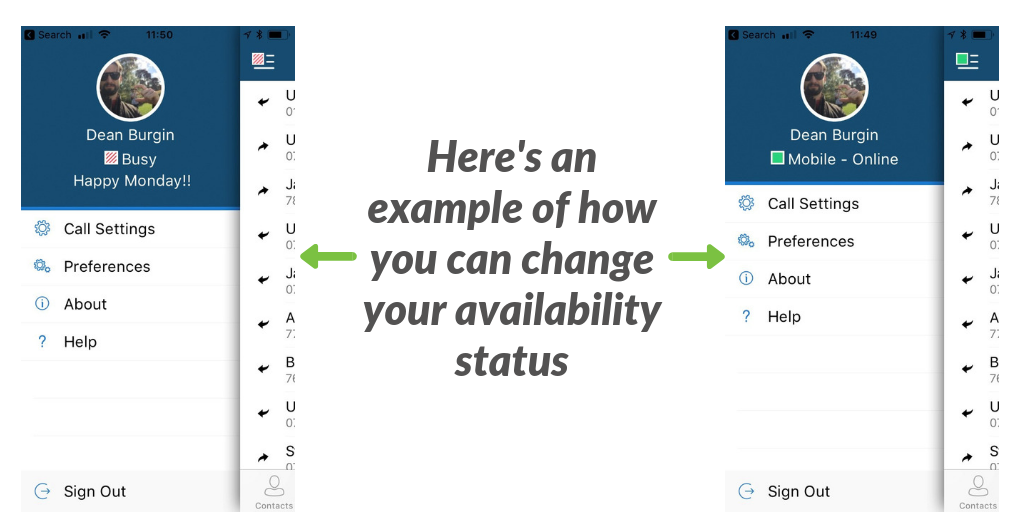

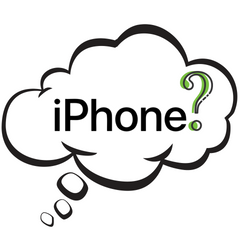 It’s reached that time of year when many people in the tech world start to wonder, ‘what will
It’s reached that time of year when many people in the tech world start to wonder, ‘what will 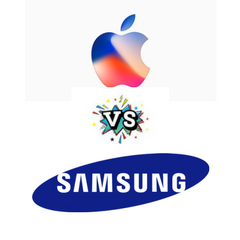 It’s fair to say that it’s difficult to find someone in the UK who doesn’t own either an iPhone or a Samsung. They dominate the market!
It’s fair to say that it’s difficult to find someone in the UK who doesn’t own either an iPhone or a Samsung. They dominate the market!